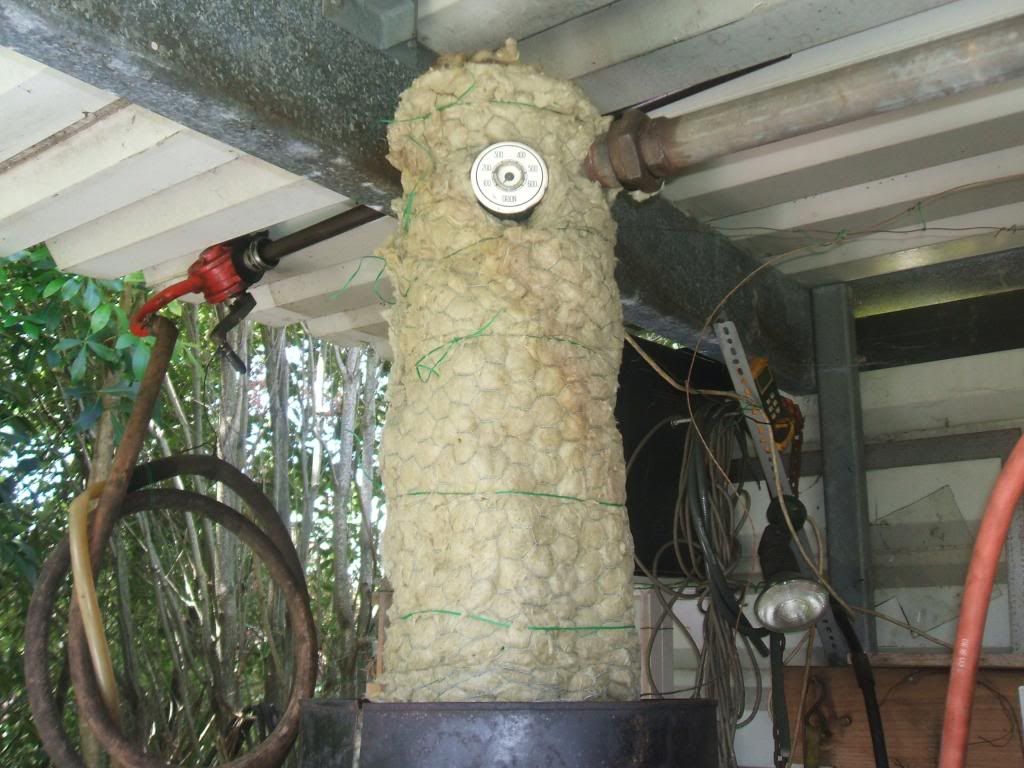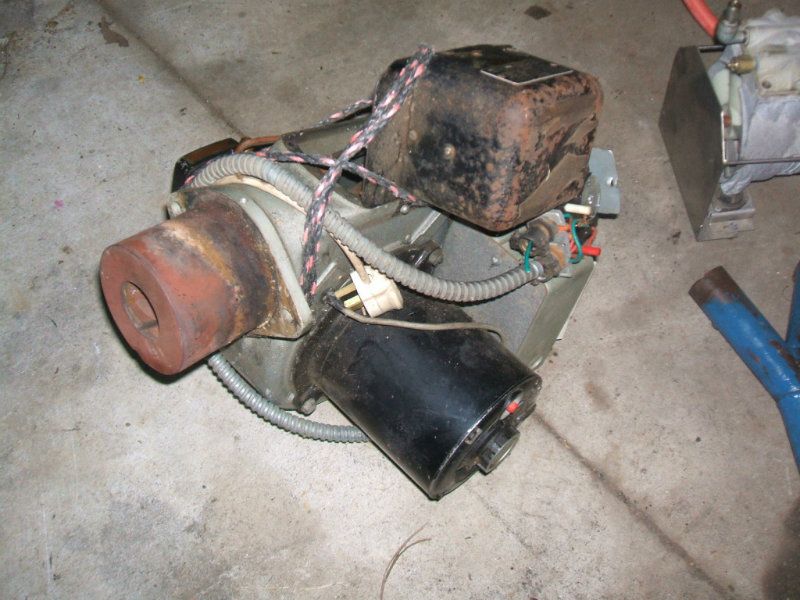Greetings guys, merry christmas!
Good day to everybody, and let me tell, you guys, are something rare, doing such an amazing job, and taking the time to teach the rest of us! I'm new to the site, i just found it through the ol' google, searching for plastic to diesel, and for the last day, and past hours i have read until page 54 and now my eyes are like onions and, my neck veins are bulging like Luca Brasi when he-s whacked in Godfather. I have learned a great deal of valuable informatiom, but still i can't seem to figure out some things. So...here it goes.
1- The reflux chamber. How does it looks on the inside, where does it sits, at what temp(in the early posts jetys recomended a lower temp, at the las page Beyond Bio, recomended top temp) this is my biggest unknown.
2- The catalist chamber. It is inside the reflux, after or before?
3- Should the first condenser be before the cooling tank or after it?
4- would grapitated azbest rope/simple azbest rope be a good substituent for a seal? Maybe for replacing teflon tape in threads?
And last one, Beyond Biodiesel, and Excalibur, from what i have read you have some nice setups, also Jetys but he wasn't on the forum for a while -you may have done this already- but could you post some schematics, plans, photos, anything that can be a source of inspiration on the forum? That will be highly apreciated!
Thanks alot guys, i wish you a Merry Christmas and all the best!
Florin
Edit* Forgot to mention, i'm only using plastic, and i want to get as much diesel as possible.
Good day to everybody, and let me tell, you guys, are something rare, doing such an amazing job, and taking the time to teach the rest of us! I'm new to the site, i just found it through the ol' google, searching for plastic to diesel, and for the last day, and past hours i have read until page 54 and now my eyes are like onions and, my neck veins are bulging like Luca Brasi when he-s whacked in Godfather. I have learned a great deal of valuable informatiom, but still i can't seem to figure out some things. So...here it goes.
1- The reflux chamber. How does it looks on the inside, where does it sits, at what temp(in the early posts jetys recomended a lower temp, at the las page Beyond Bio, recomended top temp) this is my biggest unknown.
2- The catalist chamber. It is inside the reflux, after or before?
3- Should the first condenser be before the cooling tank or after it?
4- would grapitated azbest rope/simple azbest rope be a good substituent for a seal? Maybe for replacing teflon tape in threads?
And last one, Beyond Biodiesel, and Excalibur, from what i have read you have some nice setups, also Jetys but he wasn't on the forum for a while -you may have done this already- but could you post some schematics, plans, photos, anything that can be a source of inspiration on the forum? That will be highly apreciated!
Thanks alot guys, i wish you a Merry Christmas and all the best!
Florin
Edit* Forgot to mention, i'm only using plastic, and i want to get as much diesel as possible.
 Il put my plans, now they are on the notbeook, so as soon as i finish replicating them in paint i'l post them!
Il put my plans, now they are on the notbeook, so as soon as i finish replicating them in paint i'l post them! 






Comment